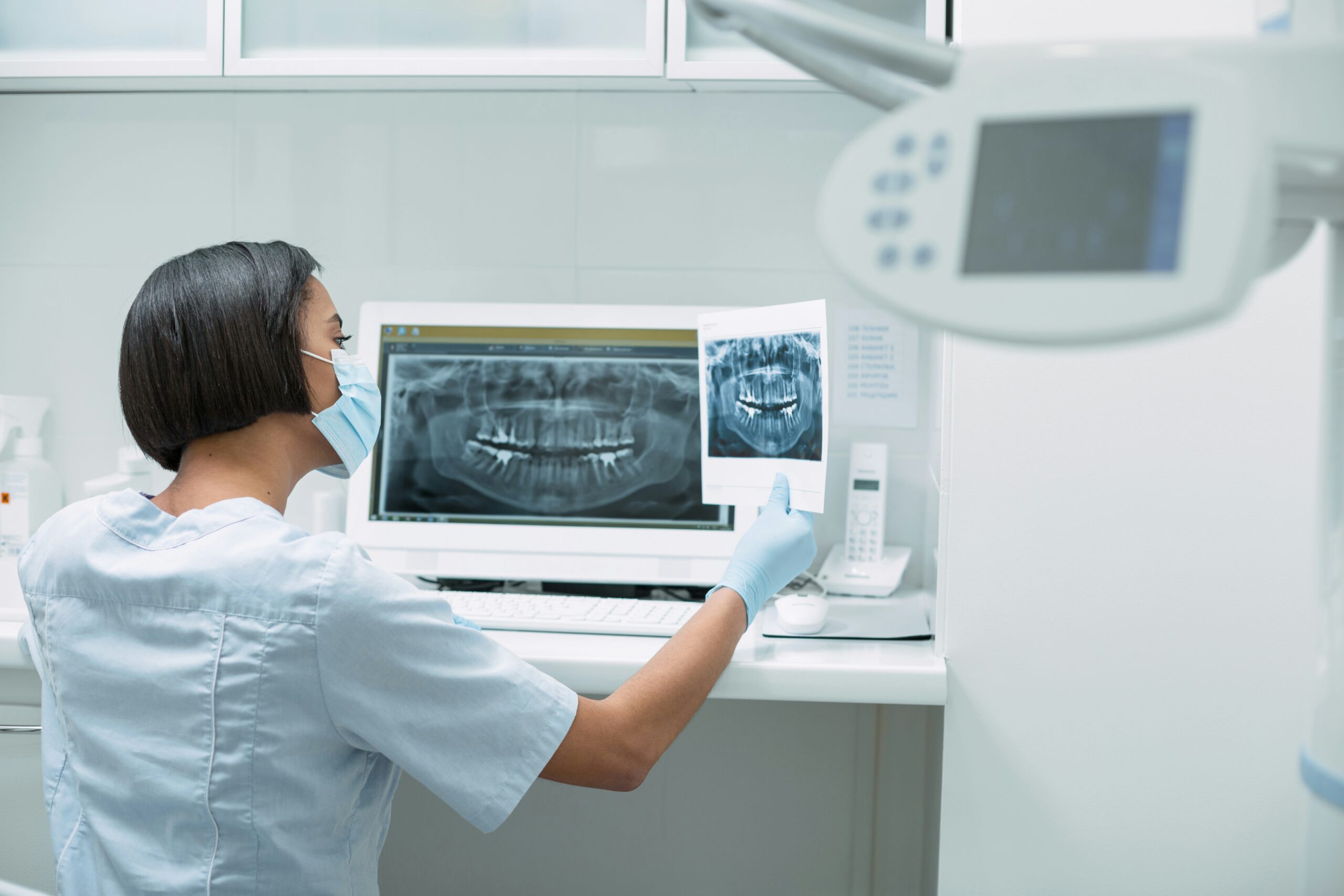
The healthcare sector is continuously evolving, with new technologies and solutions improving patient care and operational efficiency. One of the most significant developments in recent years has been the introduction of artificial intelligence (AI) into radiology. AI is helping to optimize radiology workflows, making them faster, more accurate, and more efficient. In this article, we’ll explore how AI is transforming radiology workflows, the benefits it offers, and how healthcare professionals can integrate AI into their practices.
The Growing Need for AI in Radiology Workflows
Radiology is one of the most vital areas of modern medicine, providing essential diagnostic insights through imaging technologies like X-rays, CT scans, MRIs, and ultrasounds. However, radiologists face significant challenges, including a high volume of images to review, the complexity of accurately interpreting those images, and the pressure of making timely decisions.
Radiology workflows typically involve multiple steps, including image acquisition, processing, interpretation, and reporting. With increasing patient demands and a shortage of qualified radiologists, it’s essential to streamline these workflows to ensure efficiency and maintain accuracy. Artificial intelligence can automate many aspects of this process, enhancing productivity, reducing errors, and improving patient outcomes.
How AI Optimizes Radiology Workflows
AI is not intended to replace radiologists, but rather to support them by enhancing workflow efficiency, diagnostic accuracy, and patient care. Here’s how AI is helping to optimize radiology workflows:
Automating Image Processing and Analysis
One of the primary benefits of AI in radiology is its ability to automate image processing and analysis. Traditional radiology workflows require radiologists to spend considerable time manually analyzing medical images to detect abnormalities, such as tumors, fractures, or infections. AI can significantly accelerate this process by automatically identifying potential issues in pictures and presenting them for further review.
For example, AI tools can analyze CT scans, MRIs, or X-rays within seconds, highlighting areas of concern, such as lesions, growths, or other anomalies. This enables radiologists to concentrate on complex cases that require clinical expertise, rather than spending time on routine image analysis. By automating image processing, AI enhances the efficiency of radiology departments and reduces the burden on radiologists.
Prioritizing Cases Based on Urgency
In a busy radiology department, managing a large volume of images can be a challenging task. AI helps by automatically prioritizing cases based on urgency. For example, AI can quickly detect life-threatening conditions, such as strokes, brain bleeds, or fractures, and alert medical personnel to them for immediate attention. This enables radiologists to focus on the most critical cases first, ensuring that patients with urgent medical needs receive timely care.
By improving triage processes, AI reduces the risk of delays in diagnosis and treatment, which is particularly crucial in emergencies. With AI’s ability to rapidly analyze images, healthcare providers can expedite patient care and improve outcomes.
Enhancing Diagnostic Accuracy
AI excels at analyzing large datasets and identifying patterns that are too subtle for human radiologists to detect. By utilizing AI diagnostic tools, radiologists achieve more accurate, consistent, and reliable results. AI can detect early signs of cancer, cardiovascular diseases, and neurological conditions before symptoms even appear. For example, AI algorithms can find small, early-stage tumors in mammograms, brain scans, and lung CT scans. These tumors may be missed due to radiologists’ fatigue or the complexity of the cases. By improving diagnostic accuracy, AI reduces missed diagnoses, ensuring patients receive timely, appropriate care as early as possible.
Reducing Human Error and Fatigue
Radiologists, like all healthcare professionals, can experience fatigue, particularly when working long hours and handling high caseloads. AI plays a crucial role in reducing human error by providing an additional layer of analysis and insight. AI tools can review images with the same level of precision every time, helping to prevent mistakes caused by tiredness or distractions.
AI systems can also act as a safety net for radiologists, offering a second opinion or confirming the initial interpretation of an image. By providing this support, AI helps ensure that radiologists make the most accurate diagnosis possible, even in the most demanding situations.
Streamlining Reporting and Documentation
Another critical aspect of radiology workflows is the documentation and reporting of findings. AI can streamline this process by automatically generating preliminary reports based on image analysis. These reports can include details such as the location, size, and characteristics of any detected abnormalities.
By automating the reporting process, AI allows radiologists to focus on more complex cases and reduce the time spent on administrative tasks. This improves the overall workflow, enabling radiologists to complete more cases in less time without compromising the quality of their work.
The Future of AI in Radiology Workflows
The future of AI in radiology holds great promise, with continuous advancements enhancing its capabilities. As AI algorithms become more refined, they will streamline radiology workflows, enabling faster, more accurate image analysis. In the future, AI could be fully integrated into radiology departments, automating the entire imaging process. From image acquisition to diagnosis and reporting, AI may play a key role. Furthermore, AI could contribute significantly to personalized medicine, tailoring treatment plans to individual patients’ data and medical histories. Artificial intelligence is already transforming radiology workflows by improving efficiency and diagnostic accuracy.
Additionally, AI is streamlining administrative tasks, enabling radiologists to process images more efficiently and prioritize cases effectively. With these advancements, human error is minimized, resulting in enhanced patient care and improved outcomes. While data privacy, training, and trust remain challenges, the future of AI in radiology looks bright. As AI continues to evolve, it will further optimize radiology workflows and revolutionize medical imaging.